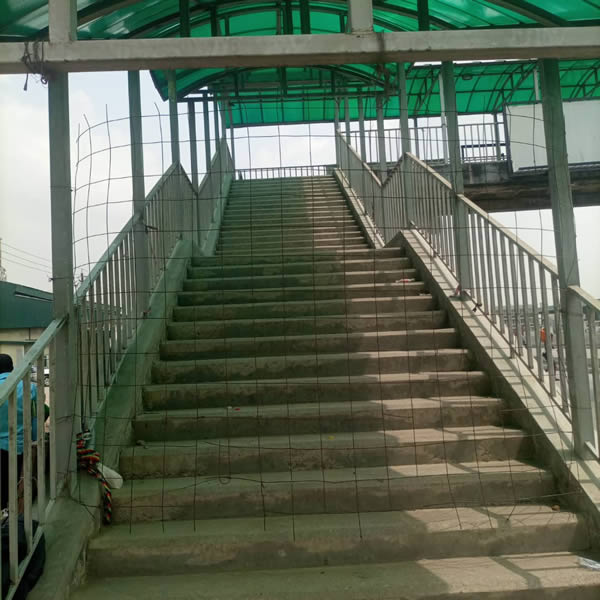The community of Aseese, situated along the bustling Lagos-Ibadan Expressway in Ogun State, Nigeria, faces a perilous daily reality. With a population exceeding 28,000, residents are forced to navigate the treacherous multi-lane highway, risking life and limb, to access essential services like schools, workplaces, and places of worship. The expressway effectively bisects the community, leaving approximately 10,500 residents on one side and 18,000 on the other, creating a dangerous divide that necessitates frequent crossings. This has led to a tragic and recurring pattern of pedestrian fatalities, prompting a desperate plea to the Federal Government for the construction of a pedestrian bridge. The community emphasizes that this is not a mere request for an amenity but a cry for a vital safety measure to protect their lives.
The absence of a safe crossing point has created a climate of fear and anxiety among the residents of Aseese. The high-speed traffic on the newly expanded dual carriageway poses a constant threat, particularly to vulnerable groups like schoolchildren and workers who must cross the expressway daily. The nearest public secondary schools are located in neighboring towns, forcing children as young as 13 to confront the dangerous crossing. The community leaders poignantly express their weariness of the grim routine of recovering bodies from the expressway, highlighting the urgency of the situation. They describe a community living under a shadow of fear, where even the simplest daily activities like going to work, school, or church become fraught with danger.
The community’s appeal for a pedestrian bridge is not a solitary voice but a unified chorus of concerned citizens. The request is backed by the full force of the community’s representative bodies, encompassing all 45 Community Development Associations (CDAs), traditional leaders like the Baale, youth organizations, market leaders representing the economic heart of the community, religious bodies such as the League of Imams and the Christian Association of Nigeria, and even representatives of ethnic groups like the Hausa and Igbo communities, demonstrating the widespread support for this critical infrastructure. This collective endorsement underscores the universally recognized need for a safe crossing and the shared sense of vulnerability felt by all segments of the Aseese community.
The formal appeal, addressed to the Federal Ministry of Works, lays out the compelling case for the pedestrian bridge. The letter, signed by the community’s Chairman and General Secretary, details the perilous conditions and the urgent need for intervention. They argue that the pedestrian bridge is not a luxury but a fundamental necessity for the safety and well-being of their community. The letter emphasizes the significant challenge posed by the multiple lanes of the newly constructed dual carriageway, highlighting the increased risk to pedestrians. It paints a clear picture of the community’s plight, emphasizing the division created by the expressway and the daily dangers faced by residents attempting to cross.
The community’s plea is directed to the highest levels of government, specifically President Bola Tinubu and the Minister of Works, Senator David Umahi. They invoke the President’s “Renewed Hope Agenda,” hoping their request will be considered a priority within this framework. The appeal underscores the fundamental right to safety and security, arguing that the provision of a pedestrian bridge is a crucial step towards fulfilling the promise of renewed hope for their community. They implore the government to recognize the urgency of the situation and respond with the necessary action to protect the lives of Aseese residents.
The situation in Aseese represents a stark reminder of the critical importance of infrastructure development in ensuring the safety and well-being of communities. The Lagos-Ibadan Expressway, a vital artery of commerce and transportation, has inadvertently created a hazardous environment for the residents of Aseese. The community’s plea for a pedestrian bridge is a call for action, a plea to prioritize human life and safety. It is a testament to the resilience and determination of a community facing adversity, united in their pursuit of a safer future. Their hope lies in the responsiveness of the Federal Government, which holds the power to address this critical issue and provide the much-needed lifeline for the people of Aseese.


